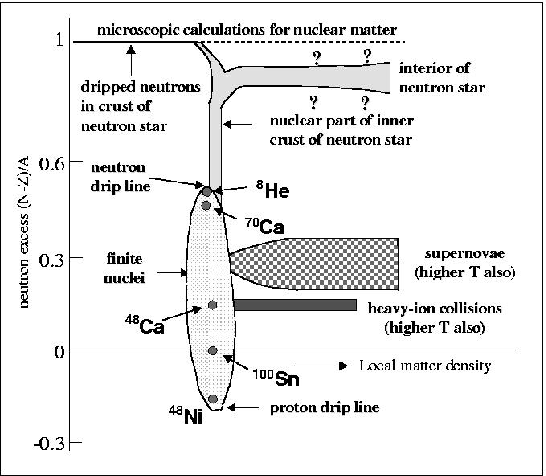 |
Low-energy nuclear physics is undergoing a renaissance. Experimentally, there has been a technological revolution which made it possible to dramatically improve the ``signal-to-noise" ratio. The next-generation experimental tools, to which this conference is devoted, invite us on the journey to the vast territory of nuclear existence which has never been explored by science. Hand in hand with experimental developments, a qualitative change in theoretical modeling is taking place. Due to the progress in computer technologies and numerical algorithms, it has became exceedingly clear that the unified microscopic understanding of the nuclear many-body system is no longer a dream. There has been real progress in many areas of theoretical nuclear structure. The effective field theory offers hope for a link between QCD and nucleon-nucleon forces. New interactions have been developed which, together with a powerful suite of ab-initio approaches, provide a quantitative description of light nuclei. For heavy systems, global modern shell-model approaches and self-consistent mean-field methods offer the level of accuracy typical to phenomenological approaches based on parameters locally fitted to the data. By exploring connections between models in various regions of the chart of the nuclides, nuclear theory aims to develop a unified description of the nucleus.
From a theoretical point of view, short-lived
exotic nuclei far from stability with ``abnormal" neutron-to-proton ratios
offer a unique test of those aspects of the many-body theory (e.g.,
effective interactions) that
depend on the isospin degrees of freedom.
 |